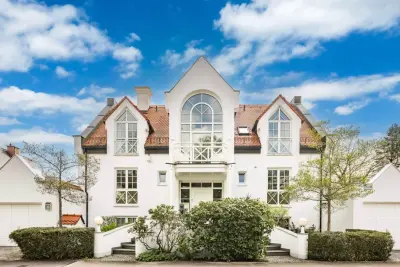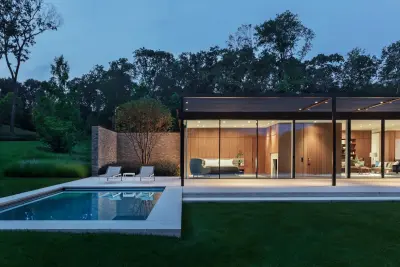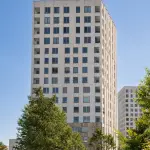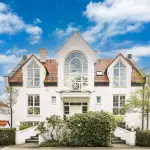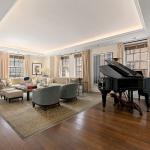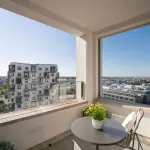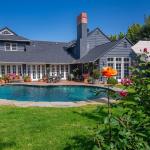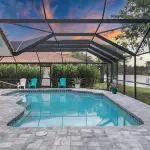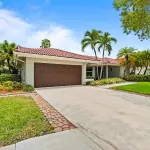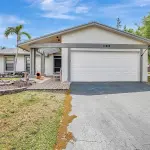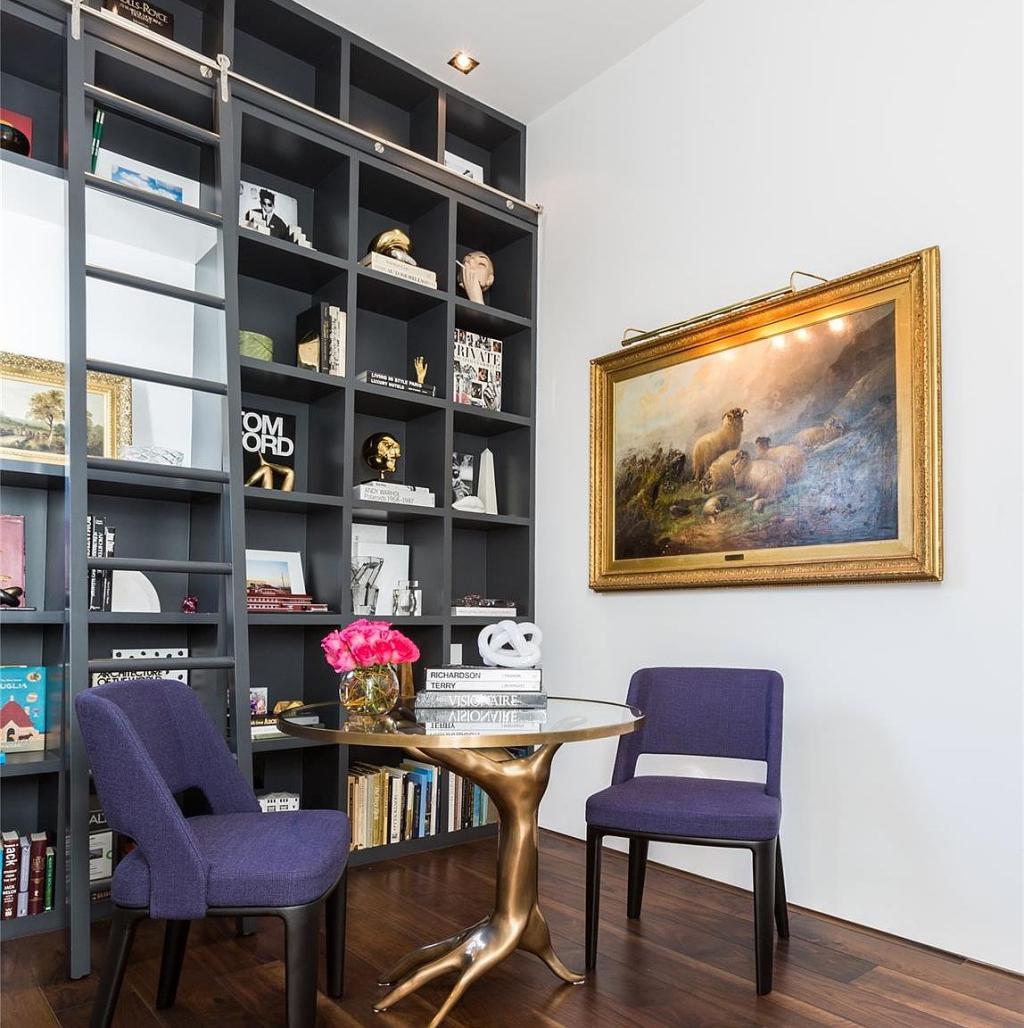
Post-Pandemic Home Design Trends
Post-Pandemic Home Design Trends
The COVID-19 pandemic has impacted nearly every part of our lives, and one of the biggest changes has been the way we live in our homes. During the lockdowns and stay-at-home orders, our homes became more than just places to eat and sleep — they became offices, gyms, classrooms, and entertainment hubs all rolled into one. Now that things are slowly returning to normal, we’re seeing lasting changes in how we design our homes. The trends of 2021 show that people are placing more importance on functionality, comfort, and connecting their indoor and outdoor spaces. Let’s dive into some of the key home design trends that have emerged after the pandemic.
The Rise of Home Offices
One of the biggest shifts in home design is the demand for home offices. Before the pandemic, many people worked in offices outside of their homes. But with so many people working remotely, the need for a dedicated, comfortable, and productive space to work at home became clear. Even as offices begin to open up again, remote work is here to stay for many.
This shift means that home offices are no longer just makeshift desks in corners of living rooms or bedrooms. People are putting more thought into designing functional and aesthetically pleasing workspaces. Modern home offices often feature ergonomic furniture, plenty of storage, and good lighting to create an environment that boosts productivity. Even if a separate room isn’t possible, many people are carving out office spaces in quiet corners, using stylish partitions or open shelving to help separate work from personal life.

Outdoor Spaces Become Essential
Another trend that’s growing after the pandemic is the desire for more outdoor spaces. When we were all stuck indoors for so long, we realized just how important fresh air and natural surroundings are for our mental well-being. As a result, there’s been a big increase in demand for homes with outdoor spaces — whether it's a backyard, balcony, or even a roof terrace.
Outdoor living areas are becoming extensions of the home, designed for relaxation, entertainment, and even work. People are adding comfortable furniture, outdoor kitchens, fire pits, and even outdoor offices to make the most of their yards. These spaces provide a place to unwind, exercise, or entertain friends and family while maintaining a safe distance.
Open Floor Plans with a Purpose
Before the pandemic, open floor plans were all the rage. Homes with large, interconnected spaces made for a free-flowing atmosphere. However, after spending so much time at home, many people began to crave spaces with more structure and privacy. While open floor plans are still popular, there’s now a stronger focus on creating zones within these spaces to ensure each area serves a distinct purpose. For example, living rooms may be sectioned off to create a reading nook or a play area for kids, and kitchens may have dedicated spaces for dining and working.
The key is to create a balance between openness and privacy. People want to have the option to be together in a shared space, but also the ability to retreat to a private corner when needed. Flexible, multi-use spaces are a major trend as families and individuals continue to balance work, school, and leisure all under one roof.
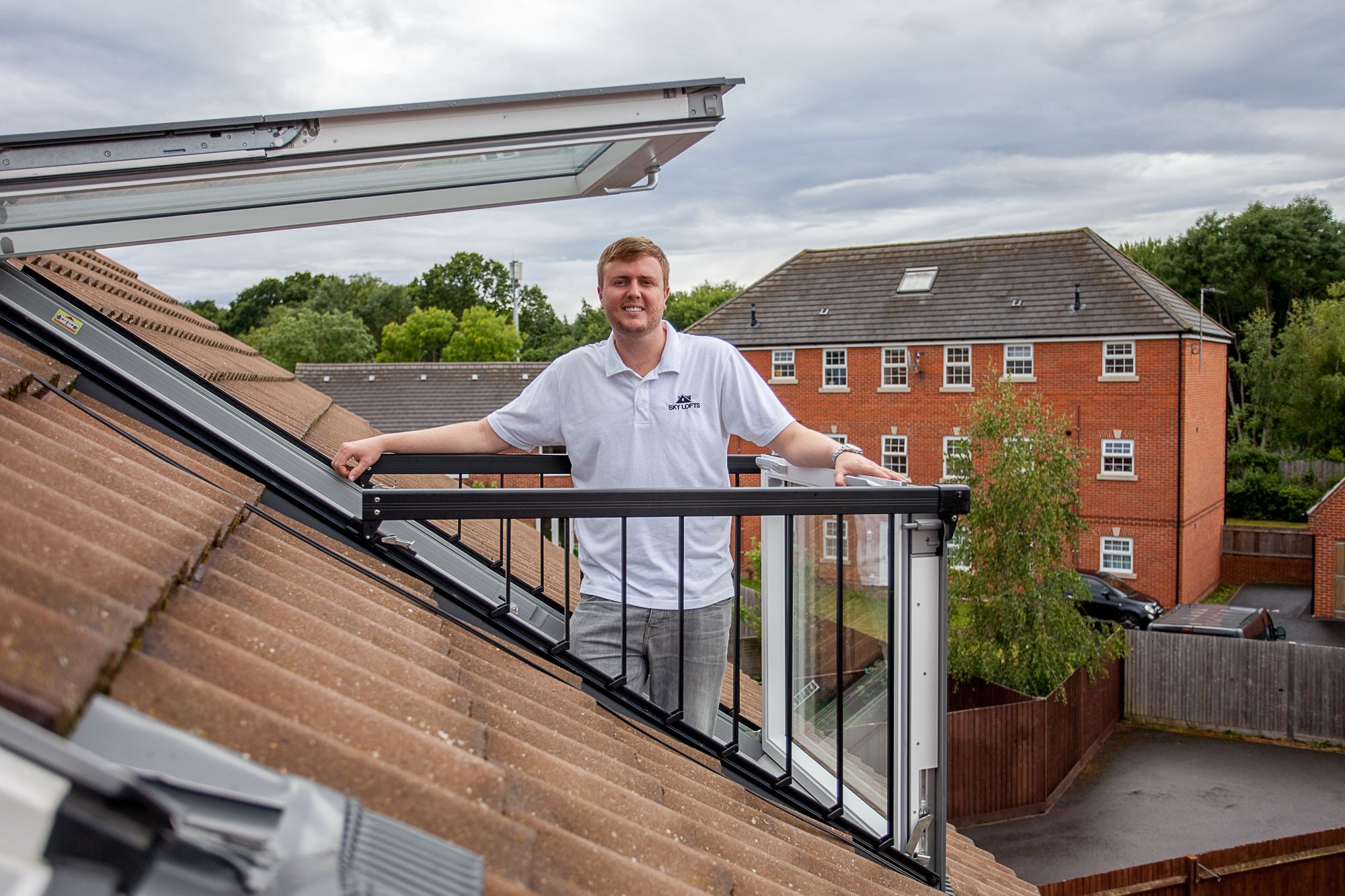
Wellness and Health-Inspired Design
The pandemic made many of us more aware of the importance of our health and well-being, and that awareness is influencing how we design our homes. More people are incorporating wellness into their home spaces. This might include creating home gyms or yoga studios, adding air-purifying plants, or using natural, non-toxic materials in home finishes.
The trend is also extending to color choices and the overall atmosphere in homes. Soft, calming colors like shades of blue, green, and earthy tones are becoming popular as people look for ways to reduce stress and create a peaceful environment. Wellness-focused design also means paying attention to things like lighting, ventilation, and noise reduction to create spaces that support both physical and mental health.
Smart Technology for Convenience
As technology continues to advance, smart home features are becoming a more common part of home design. People are looking for ways to make their homes more efficient, comfortable, and convenient. Smart thermostats, voice-activated assistants, and lighting systems that adjust based on the time of day are just a few examples of how technology is transforming homes.
In 2021, people are also more focused on energy efficiency, so smart tech that helps save energy is becoming more desirable. For example, smart appliances can help track energy usage, while automatic lighting systems can reduce electricity bills by turning off lights when they’re not needed.
Sustainability and Eco-Friendly Materials
Another trend that’s gaining momentum post-pandemic is a focus on sustainability. With many people spending more time at home, they’ve become more aware of the environmental impact of their living spaces. As a result, eco-friendly materials and energy-efficient designs are more important than ever.
Homeowners are opting for materials that are sustainable, like bamboo flooring, recycled glass countertops, and natural stone. Solar panels and rainwater collection systems are also becoming more common, as people look for ways to reduce their carbon footprint. This trend is not just about doing good for the planet; it’s also about reducing long-term costs for homeowners, as energy-efficient homes tend to save money in the long run.
Personalization and Comfort
Finally, one of the most important trends after the pandemic is a focus on comfort and personalization. Spending so much time at home has made people more invested in creating spaces that reflect their personal style and preferences. Custom furniture, unique decor, and cozy spaces are all part of this trend. It’s not just about making a home look good; it’s about making it feel good too.
Whether it's adding your favorite artwork to the walls, creating a space that’s perfect for relaxing with a good book, or designing a home that’s filled with family memories, personal touches are a key element of post-pandemic home design.

Conclusion
The COVID-19 pandemic has had a lasting impact on how we think about our homes. From the rise of home offices to the increased focus on outdoor spaces, people are rethinking how their homes can support both their practical needs and their well-being. As we move forward, these post-pandemic trends are helping to shape homes that are more flexible, comfortable, and sustainable, and they’re designed to meet the challenges and opportunities of a changed world.
